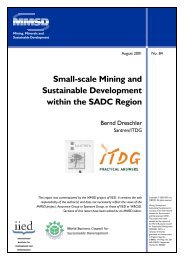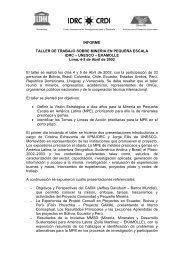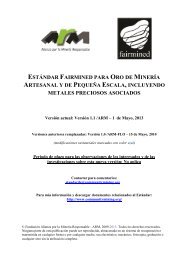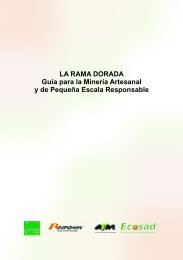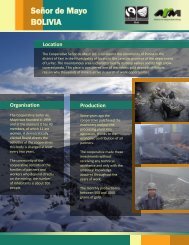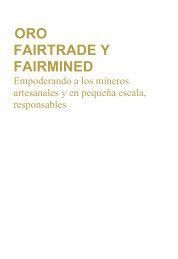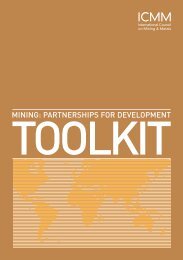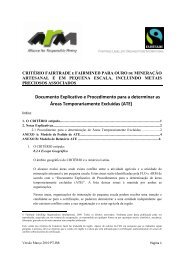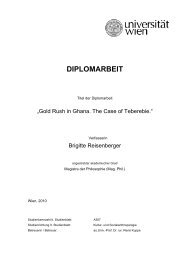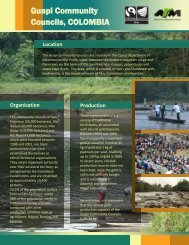A Poisonous Mix - Human Rights Watch
A Poisonous Mix - Human Rights Watch
A Poisonous Mix - Human Rights Watch
You also want an ePaper? Increase the reach of your titles
YUMPU automatically turns print PDFs into web optimized ePapers that Google loves.
VI. A Poor Health Policy Response<br />
Child mortality is extremely high in Mali. Almost one in five children—19 percent—die<br />
before their fifth birthday. Diarrhea, pneumonia, and malaria are the three leading causes<br />
of child mortality in Mali, and are also very common in mining areas. 266<br />
Children who work in artisanal mining are exposed to several additional grave health<br />
risks, connected to the unhealthy environment they live in and the hazardous work they<br />
perform. However, access to health care to treat these mining-related health conditions<br />
is very poor, due to serious gaps in health policies. In particular, the government has<br />
failed to take effective preventative action on mercury, such as awareness-raising about<br />
the risks connected to mercury, and introduction of technologies that reduce exposure<br />
to mercury.<br />
A Weak Health System<br />
Mali is a country with poor access to health care, compared to other West African countries.<br />
More than half of the population lives more than five kilometers from the nearest health<br />
facility. 267 Mali also has an acute shortage of health workers. There is one physician per<br />
20,000 patients, and three nurses or midwives per 10,000 patients, far below the Africawide<br />
average. 268<br />
There are few health facilities per population, and overall access to local health services<br />
remains poor, despite efforts to bring health services closer to communities under the<br />
current health strategy. 269 Mali has a pyramid health structure, with community health<br />
centers (Centres de santé communautaires, CSCOM) at the community level, referral<br />
health centers (Centres de santé de reference, CSREF) at the level of the health district,<br />
and regional and national hospitals at the top. The health system relies on user fees that<br />
266 World Health Organization, “Mali: health profile,” April 4, 2011, http://www.who.int/gho/countries/mli.pdf (accessed<br />
August 15, 2011). <strong>Human</strong> <strong>Rights</strong> <strong>Watch</strong> interview with Dr. Coulibaly, CSREF, Kéniéba, April 2, 2011; CSREF Kéniéba, “Situation<br />
des maladies prioritaires, en nombre absolu,” (undated); CSREF Kéniéba, “Situation des maladies à potentiel épidémique,<br />
en nombre absolu” (undated) (on file with <strong>Human</strong> <strong>Rights</strong> <strong>Watch</strong>).<br />
267 Ministère de la promotion de la femme, de l’enfant et de la famille/ UNICEF, “Bulletin statistique 2009. La femme et<br />
l’enfant en chiffres au Mali,” August 2010, p. 40.<br />
268 WHO, “Mali: health profile,” April 2011, http://www.who.int/gho/countries/mli.pdf (accessed July 12, 2011).<br />
269 Ministère de la Santé, “Prodess II Prolongé 2009-2011. Composante Santé,” http://www.maliapd.org/IMG/file/pdf/2_Description%20et%20fonctionnement%20des%20groupes%20thematiques/9_%20Sante/PRODES<br />
SIIPROLONGE.pdf (accessed August 15, 2011).<br />
A POISONOUS MIX 60



